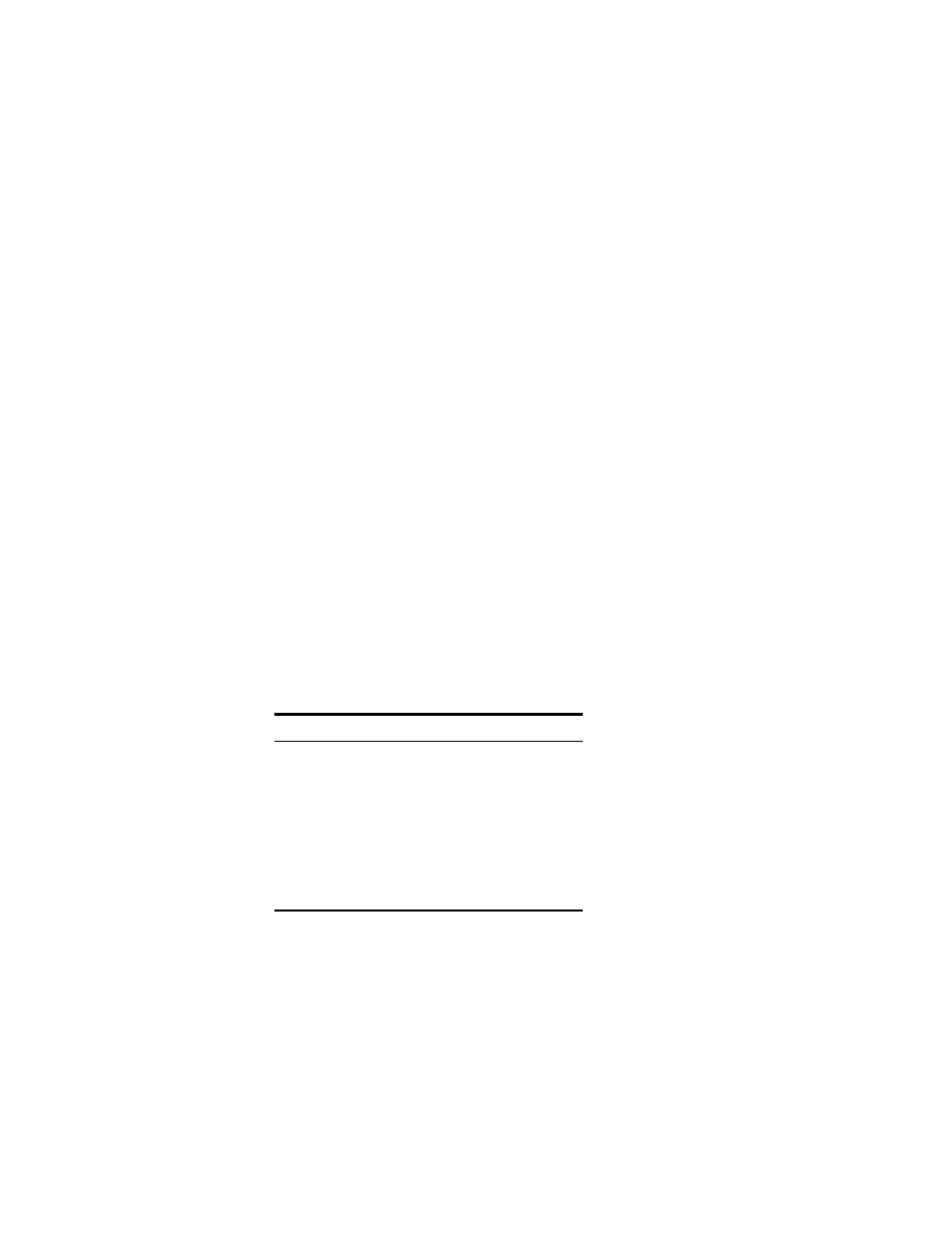Cursor field types, Cursor, Field types – Verilink PRISM 3111 (34-00242) Product Manual User Manual
Page 54

46
C
HAPTER
4: T
ERMINAL
I
NTERFACE
Device Type and
Revision
The device type (3100 DSU) and the revision control numbers are shown in the
upper left corner. The first number is the hardware revision and the second number
is the software revision. Information is displayed for the near end unit (connected
directly to the terminal) on the top line, and for the far end unit (connected to the
network interface) on the second line. Far end information is displayed only when
available, otherwise, the screen displays a No Far End Response message. Refer to
this information when contacting the factory with inquiries.
Date/Time
The top right corner of the terminal screen displays the current date and time. The
setting of these functions is described in the section entitled Utilities on page 74.
Element ID
Below the header (PRISM 3112), the Element ID is displayed. Refer to the section
entitled Management Ports on page 70 for information on the Element ID.
Menu Title
The menu title (third line, center) denotes the general classification of functions
currently accessible such as MAIN or PERFORMANCE.
Messages
Diagnostic messages may be displayed at the bottom of the screen.
Cursor
The terminal interface uses a highlighted cursor to make selections from menus
and select fields within screens. The cursor is moved in different ways, depending
on the terminal emulation program used. Most programs use the Tab and
Shift+Tab keys. Other programs use the arrow keys. For keyboards which do not
have these standard keys or have only some of them, an alternate set of cursor
control commands is provided (Table 4-1). Each command is performed by
pressing a letter key while holding down the Control key. Alternate commands
may be freely mixed with the keyboard commands at your discretion.
Field Types
Each screen is made up of fields. The two basic field types are user-selectable and
display-only. Fields without brackets or parenthesis are display-only. They cannot
be changed on the screen.
If the highlighted cursor can be moved to a field, it is a user selectable field. User
selectable fields allow for changes to be made or commands to be executed. Most
user selectable fields are enclosed in brackets or parentheses.
Table 4-1 Keyboard / Alternate Commands
Keyboard Command
Alternate Command
Left arrow
Control+S
Right arrow
Control+D
Up arrow
Control+E
Down arrow
Control+X
Backspace
Control+H
Delete
Control+Z
Refresh screen
Control+U
